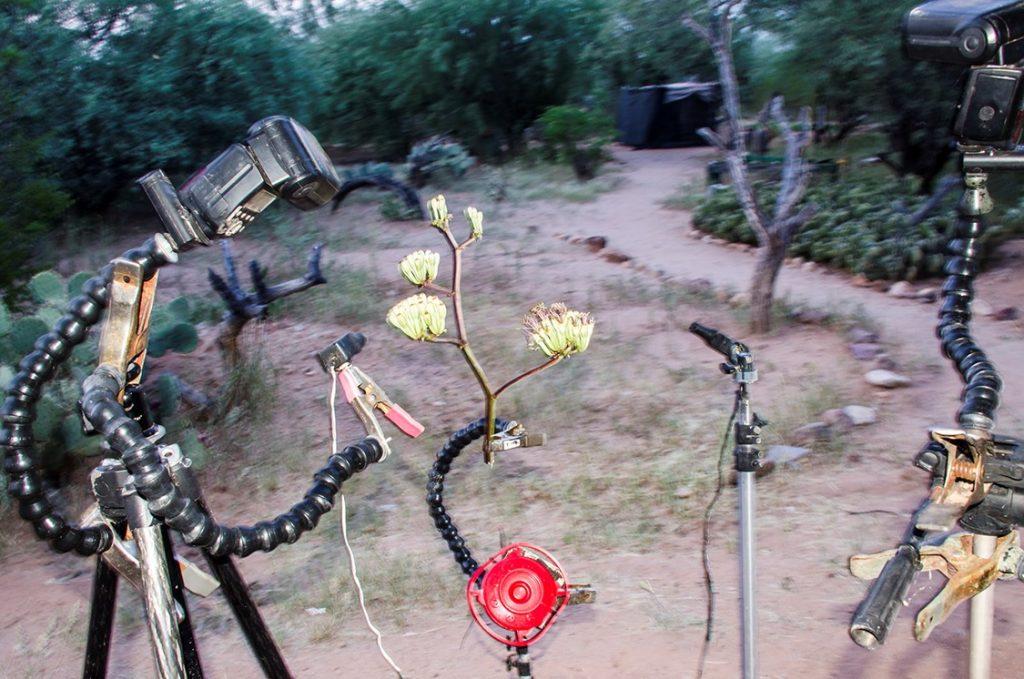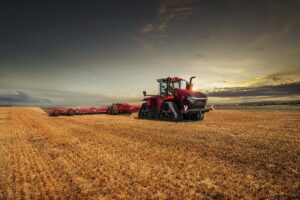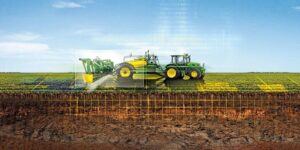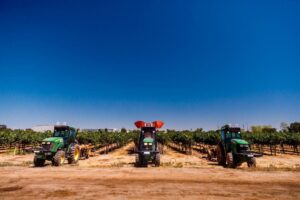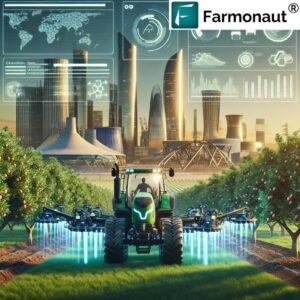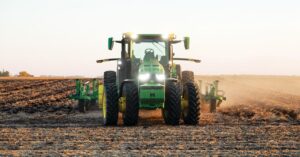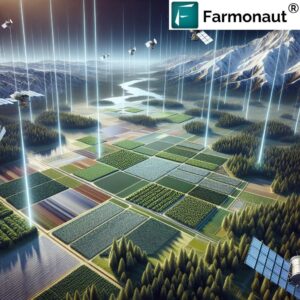Teh convergence of technology and agriculture marks a pivotal shift in how we cultivate crops and manage farmland. From GPS-guided tractors to AI-powered irrigation systems, modern farming practices are increasingly reliant on digital solutions that optimize resource usage and boost productivity. This transformation, often called smart farming or Agriculture 4.0, represents a essential change in the industry’s approach to food production, challenging conventional methods while promising enhanced efficiency and sustainability. Modern farming has undergone a radical transformation, shifting from traditional methods to sophisticated technological solutions that enhance productivity and sustainability. Precision agriculture now employs satellite mapping,soil sensors,and GPS-guided machinery to optimize crop management with unprecedented accuracy. These innovations allow farmers to monitor field conditions in real-time, making data-driven decisions that maximize yields while minimizing resource usage.
Artificial intelligence and machine learning algorithms analyze vast amounts of agricultural data, providing insights into weather patterns, pest infestations, and optimal planting times. Smart irrigation systems automatically adjust water distribution based on soil moisture levels and weather forecasts, reducing water waste and ensuring crops receive precisely what they need to thrive.
Drone technology has become an invaluable tool for field surveillance and crop health assessment. These aerial platforms, equipped with multispectral cameras, can detect plant stress, disease outbreaks, and nutrient deficiencies before they become visible to the human eye. This early warning system enables targeted interventions, reducing the need for broad-spectrum pesticide applications and promoting more lasting farming practices.
Robotics and autonomous vehicles are revolutionizing routine agricultural tasks.Self-driving tractors perform planting and harvesting operations with minimal human intervention, while robotic systems handle weeding, pruning, and crop monitoring. These automated solutions address labour shortages and increase operational efficiency, allowing farmers to focus on strategic decision-making rather than manual labor.
Internet of Things (IoT) sensors deployed across fields create a connected agricultural ecosystem. These devices continuously monitor environmental conditions, soil quality, and crop growth, transmitting data to central management systems.Farmers can access this data through mobile applications, enabling remote monitoring and management of their operations.
Vertical farming and controlled environment agriculture are expanding the boundaries of traditional farming. These systems utilize LED lighting, hydroponics, and climate control technology to grow crops in urban settings, reducing transportation costs and providing fresh produce year-round. Advanced sensors and automation ensure optimal growing conditions while minimizing energy consumption.
Blockchain technology is improving supply chain transparency and traceability in agriculture. From seed to shelf, every step of the production process can be recorded and verified, ensuring food safety and authenticity. This digital ledger system also facilitates fair trade practices and helps farmers access premium markets for their products.
Gene editing technologies like CRISPR are developing crop varieties with enhanced resistance to pests,diseases,and environmental stresses.These innovations, combined with smart farming practices, are crucial for addressing food security challenges in a changing climate.
The integration of big data analytics enables predictive modeling for crop yields, market demands, and potential risks.This foresight helps farmers make informed decisions about crop selection, resource allocation, and market timing, ultimately improving their economic sustainability.

